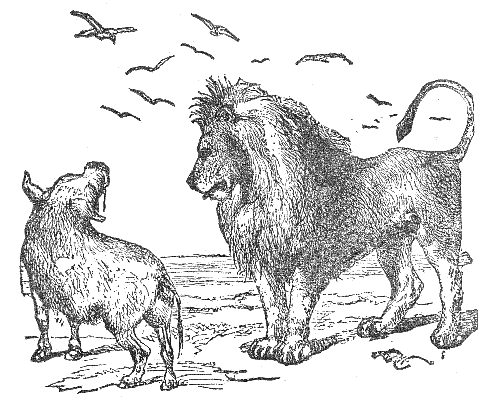Fables

The fable (ainos, mythos, logos) as a form of Greek storytelling is at least as old as Hesiod (Op. 202-212; 8th C) and Archilochus (fr. 174; 7th C), and by the 5th century, we find references in Herodotus (2.134) and Aristophanes to Aesop as a writer of fables, i.e. a logopoios or a mythopoios. Much like the works of Homer, Aesop’s Fables were not at first written and compiled in an authoritative collection, but the name held some generic authority in 5th C Athens. Indeed, Aristophanes’ Birds contains the insult that an ignorant character has not “frequented Aesop” (“οὐδ᾽Αἴσωπον πεπάτηκας”, ll. 471-2). Still, we might more accurately speak of tales in the Aesopic tradition (attributed to Aesop) than of a work called Aesop’s. The tales themselves vary in length, but are generally short, contain personified animals, plants, objects, or gods, and end with a “moral” or lesson that is usually explicitly stated or reinforced. Various authors in antiquity produced their own “collections” of Aesop’s tales, in Latin and Greek, and in the middle ages, the Aesopic fable took on a new life and tradition. Collected here are Greek fables, in prose.





